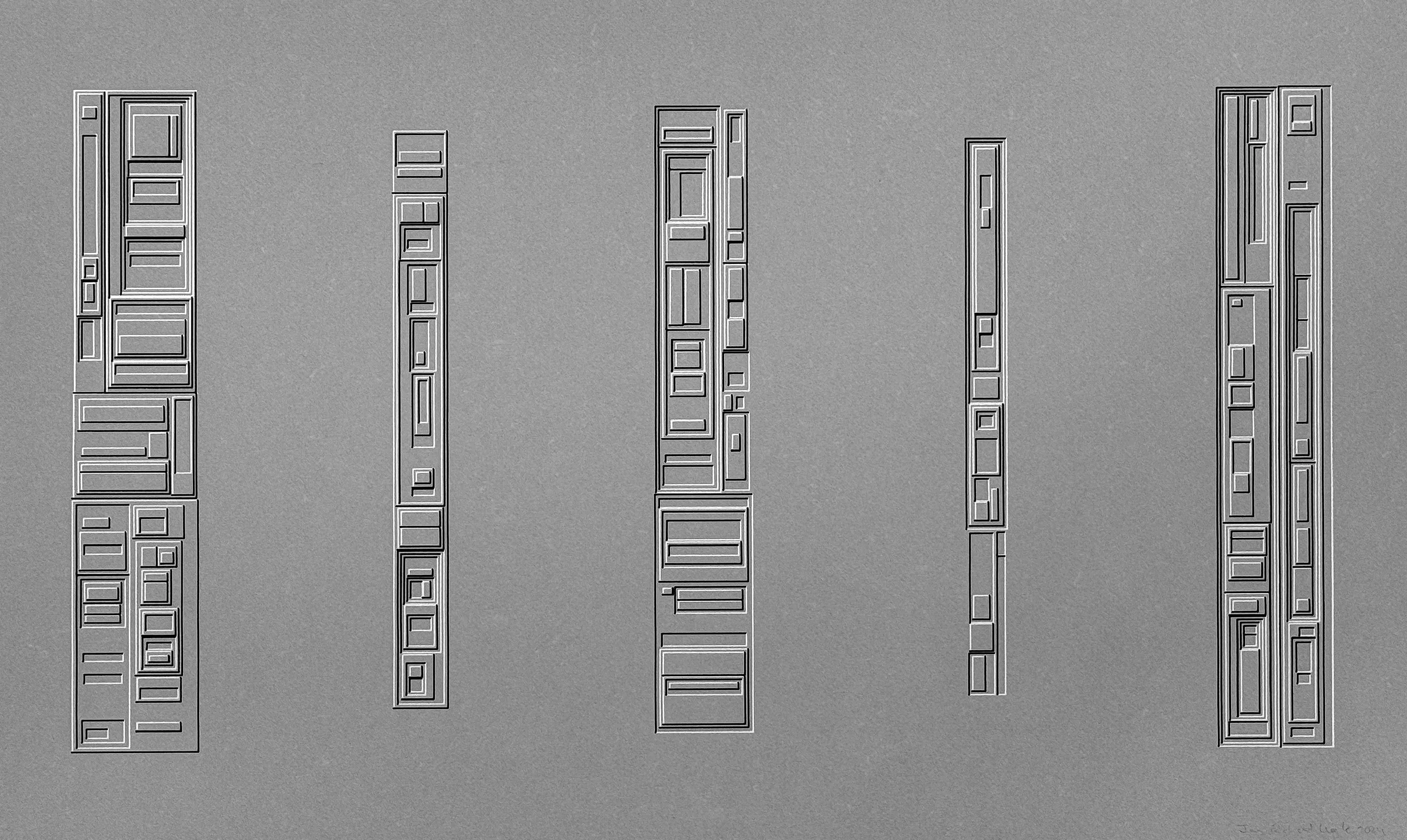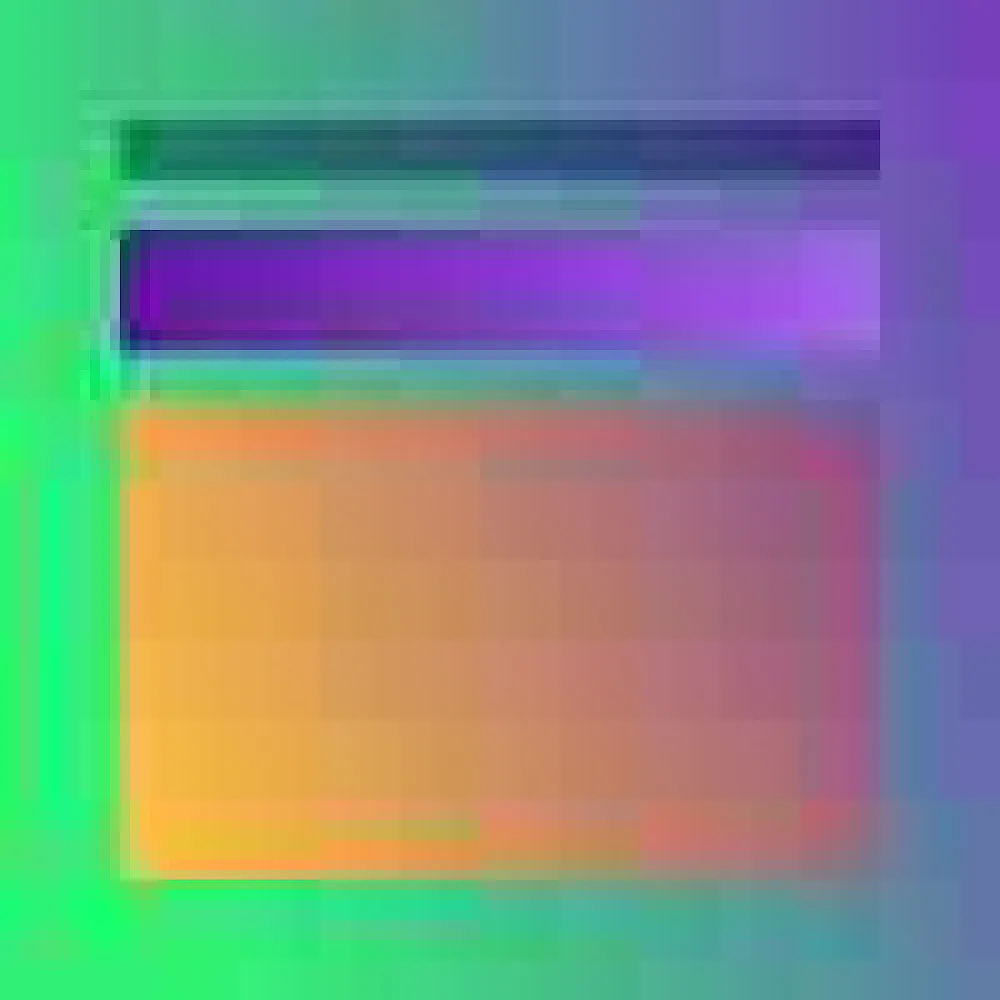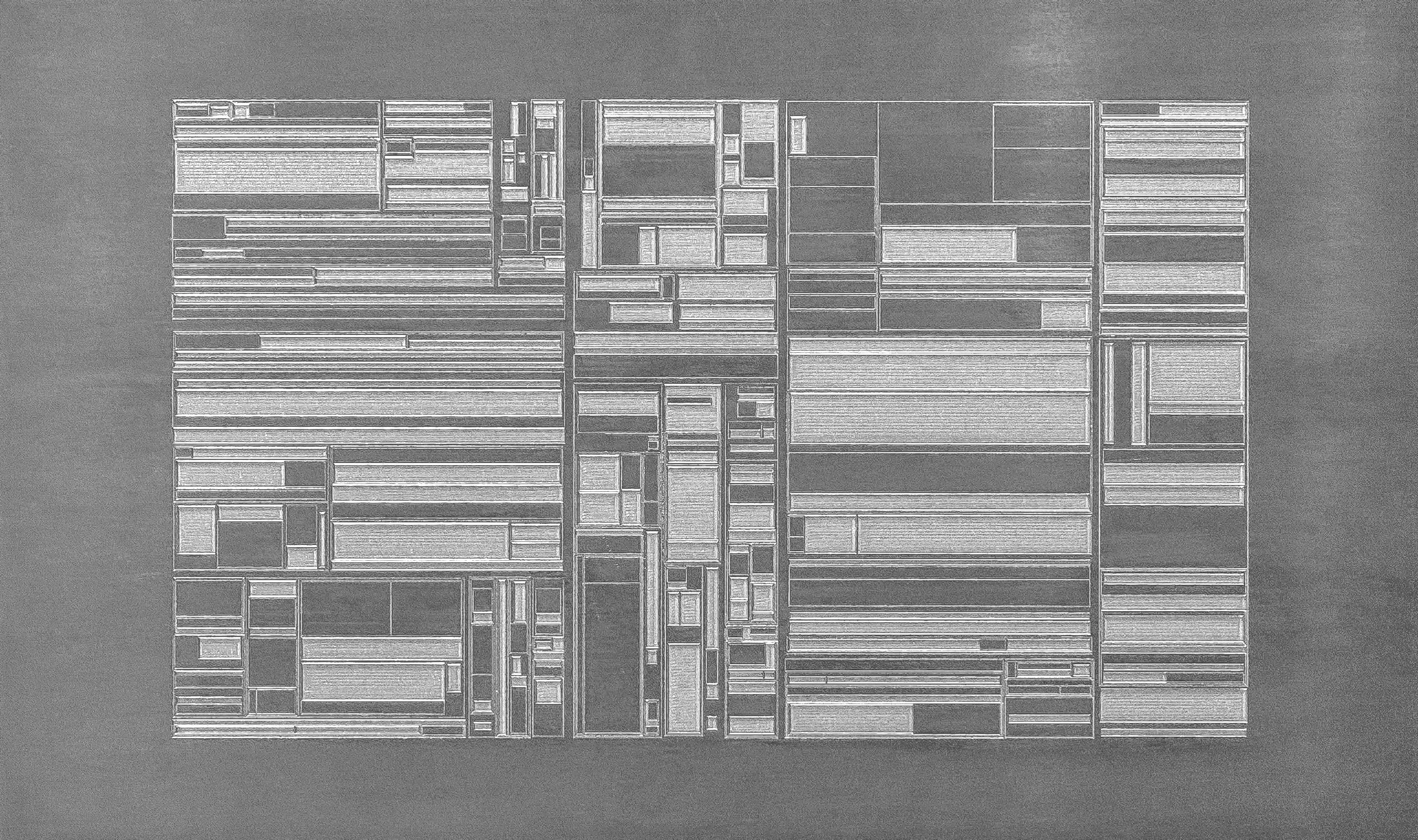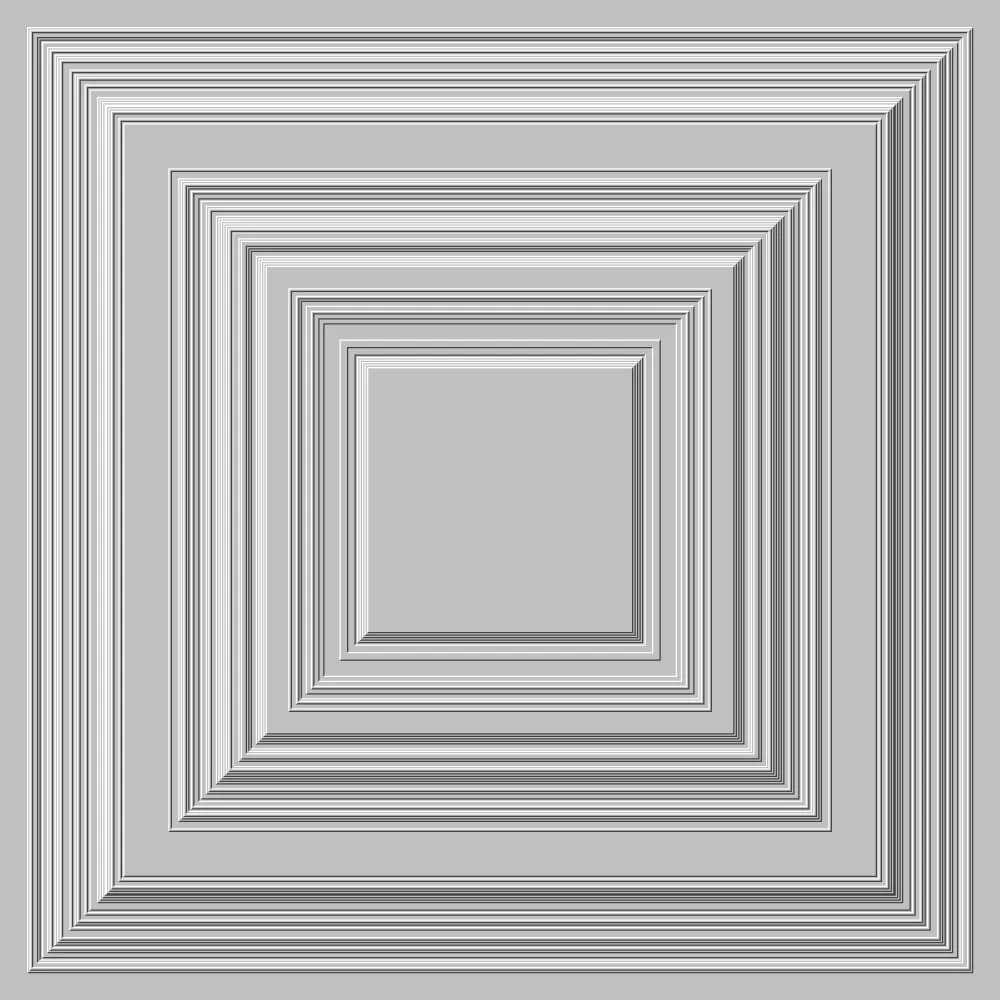Subscribe to get the latest on artists, exhibitions and more.
Jan Robert Leegte on Pushing the Boundaries of Net Art Since the late 90s

Leyla Fakhr: In the past you discussed how Bruce Nauman influenced your early artistic practice. Specifically, you once mentioned a statement that resonated with you: The most difficult thing about the whole piece for me was the statement. Could you provide further elaboration on this?
Jan Robert Leegte: The statement is part of a larger one that responds to his seminal piece The True Artist Helps the World by Revealing Mystic Truths in which he explained the ambivalence he felt with these words.
On one side he saw the silliness, probably even infantility in this, but on the other he truly believed it. I have a lot of this happening in my work also. On the one hand I try to probe as deep as possible into the matter of the networked computer and its software, treating it as a source of contemplation, on the other hand people encounter these colorful buttons that you can click on, without any result. This dichotomy is central in my work and life, that these touching moments of insight circle around the ordinary and banal.









